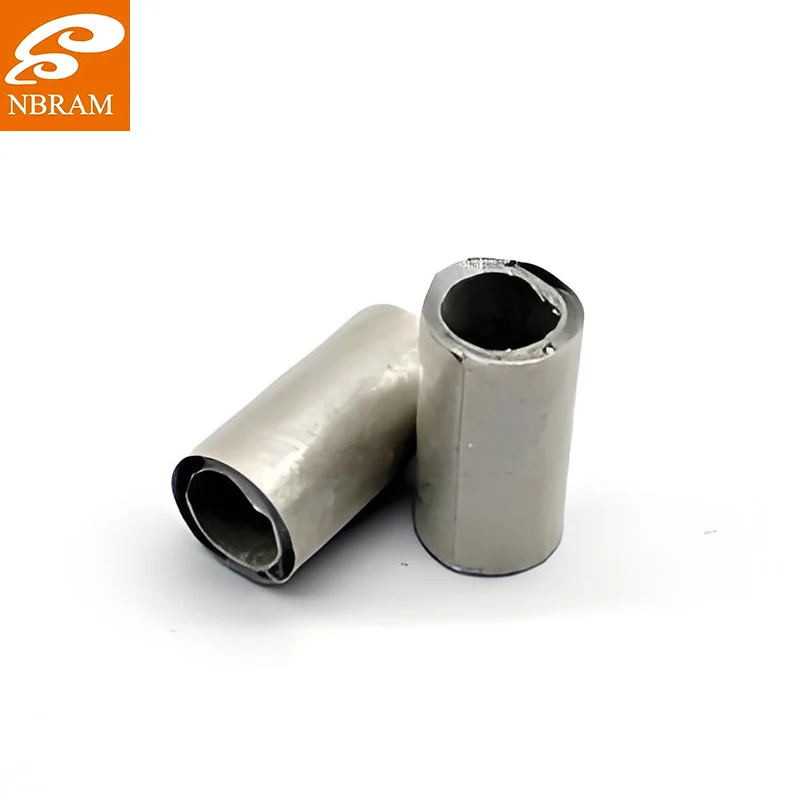Back in 2018, I got this urgent call from a copper smelting plant in Anhui - their temperature monitoring was all over the place during the night shift. Turns out the bargain-bin insulating sleeves they'd been using couldn't handle the thermal shock from rapid furnace cycling. We drove out there at 2 AM and found the sleeves had cracked, causing erratic thermocouple readings that nearly ruined a whole batch of product. That's when we switched them to NBRAM's mica sleeves. The difference was night and day - suddenly their temperature readings stabilized, production quality improved, and they stopped losing sleep over inconsistent batches. If your temperature measurements are giving you grief in high-heat applications, it might be time to source proper Mica Insulating Sleeve For Thermocouple that can actually withstand real industrial conditions.
You know, after twenty-plus years in industrial temperature measurement, I've learned that the insulation often fails long before the thermocouple itself gives out. Most sleeves look fine on the spec sheet but fall apart when you actually put them through real thermal cycling. NBRAM's Mica Insulating Sleeve For Thermocouple is built differently - the natural crystalline structure of mica provides both thermal stability and electrical isolation in a way that synthetic materials just can't match. It's one of those components where spending a bit more upfront saves you from costly downtime and inconsistent product quality down the line. We've seen these sleeves outlast the thermocouples they're protecting in some applications.
I'll never forget this cement plant in Hebei that was struggling with temperature control in their kiln preheater section. Their existing insulation sleeves lasted about three weeks before starting to delaminate in the 950°C environment. We installed NBRAM's Mica Insulating Sleeve For Thermocouple and the plant manager called me two months later amazed they were still performing perfectly. The natural mica's layered structure handles thermal expansion beautifully - no more cracked sleeves causing inaccurate readings during critical production cycles. These sleeves have become our go-to solution for furnace temperature monitoring, heat treatment operations, and any application where temperature accuracy directly impacts both product quality and operational safety.
During my visit to NBRAM's manufacturing facility last spring, what really caught my attention was their meticulous approach to mica selection. They don't just buy bulk mica - each batch gets tested for crystalline integrity and thermal stability before it even enters production. Their compression process is something special too - they've developed a technique that aligns the mica platelets in optimal orientation, which is why their Mica Insulating Sleeve For Thermocouple maintains dielectric strength where others fail. I watched them ultrasound-test every fifth sleeve coming off the production line, checking for micro-fractures that most manufacturers would miss. That level of quality control is why we've never had a single failure in the field with their sleeves.
Here's what sets these sleeves apart in real-world applications: they handle continuous operation from -50°C right up to 1000°C without batting an eye, with short-term peaks tolerable to 1200°C when you get those unexpected temperature spikes. The dielectric strength consistently measures above 20 kV/mm - we've tested samples after six months in service and they still outperform new sleeves from most other suppliers. Available in sizes from 1mm to 25mm internal diameter, the Mica Insulating Sleeve For Thermocouple comes in wall thicknesses from 0.5mm for precision applications up to 3mm for heavy industrial use. The compression molding ensures there are no weak spots or density variations that could cause premature failure.
